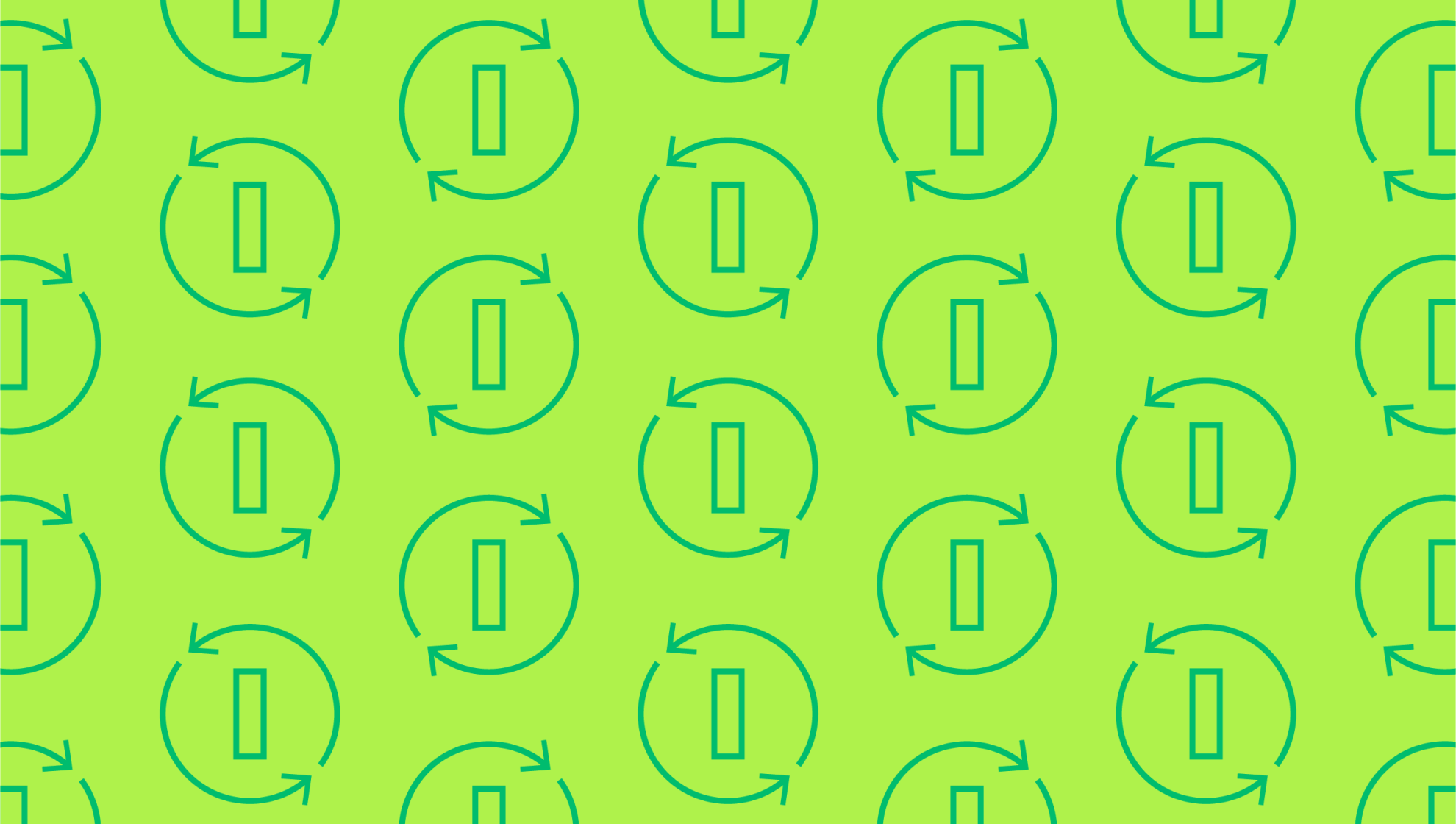Last editedJun 20242 min read
A payment default on your record tells potential lenders that you cannot be trusted to repay a loan. This can mean you will struggle to obtain new funds for investment and expansion, even if you are more than capable of paying the money back on time.
One default on your credit score is all you need to be rejected by lenders, so a payment default should be avoided if at all possible. Let��’s look at exactly what a payment default is, how long it stays on your record and what you can do about it.
What is a payment default?
A payment default usually happens after multiple payments on a loan or other debt are missed. The default happens when the lender decides to cut their losses and close the borrower’s account because of missed payments. This can be avoided by agreeing to set up a Direct Debit to ensure all due payments are automatically made on time.
How many missed payments will cause a default?
Exactly how many missed payments are required to instigate a payment default will depend on the terms agreed between the lender and borrower, though they will usually be within a three to six month timeframe.
Before initiating the default payment, a lender will often send out a default or advance notice asking you to catch up with your payment, or lose your account and receive a payment default on your credit score. It should be noted that a default notice is not always obligatory, and you should not presume you are not at risk from default just because you haven’t received a notice yet.
Receiving a payment default is damaging to your credit report, which will make it much harder to borrow money in the future.
What happens after a payment default?
Lenders have a few options available to them once they default you for missed payments. There may be negotiations to ascertain how you can repay the loan if possible. For large loans, legal action to claim any assets put up against the loan is common, though it can depend on the agreed terms.
Another common action for a smaller debt is to sell the debt to a debt recovery agency. They buy the debt for less than it is worth and then seek to recover the full amount by themselves. If the lender sells a debt to a debt collection agency, then this must be clearly indicated on the credit report or it may appear as if the borrower has two defaults.
How long does a payment default last?
A default payment remains on your credit file for six years starting from the date of default. Unfortunately the default stays on your record for this time period even if you subsequently pay off everything owed to the lender after being defaulted.
You can find out if your default is still on your credit profile by using online credit checking services to check your credit report.
How to remove a default from a credit report
You cannot remove a genuine payment default from your credit profile until six years have passed, though there is a process in place for removing inaccurate defaults. You can remove an inaccurate default by raising a credit report dispute, though it relies on the lender agreeing that the default was wrong in the first place.
First contact a credit checking company to explain why the default on your record is inaccurate. They will then contact the lender and get them to check the accuracy of your information. During this process, the credit checking firm will add a ‘Notice of Correction’ to your report. This means that other lenders checking your credit file will be aware that the default is being disputed.
Ultimately it comes down to the lender conducting an investigation into your default and either agreeing or disagreeing that it was administered inaccurately.
About GoCardless
GoCardless is a global payments solution that helps businesses automate payment collection, cutting down on the amount of financial admin your team needs to deal with. Find out how GoCardless can help with one-off or recurring payments.


